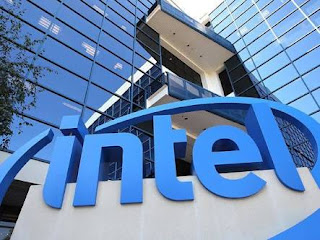Apple has reportedly conveyed a message to Intel, saying it will not be using the chip-maker’s 5G modems for 2020 iPhone models, the media reported.
As a result of the decision, Intel seems to have halted development on a modem internally known as “Sunny Peak”, but the company is reportedly now focusing on improving its product in an attempt to win Apple back for the 2022 iPhone lineup, Digital Trends reported on Thursday.
Earlier reports suggested that Apple was turning to Taiwanese mobile chipset maker MediaTek (MediaTek is the world’s 4th largest global fabless semiconductor company and powers more than 1.5 billion devices a year) for its communications components and that the Cupertino, California-headquartered tech giant was looking to move away from using Intel processors altogether by 2020.
Apple started using Intel components in modern iPhones as it wanted to reduce its dependence on chips from Qualcomm, with which it got entangled in a log legal battle.
But now Apple also moving away from Intel because:
Intel already let Apple down once with the original MacBook’s underpowered Core M processor, and the absence of an Intel Skylake upgrade for either the MacBook Pro or Air this year also seems to have been caused by Apple’s dissatisfaction with Intel’s CPUs.
The whole technology world is moving to developing and designing for mobile applications first, and Intel’s desktop roots keep holding it back from being competitive in that expanding market
It’s not just Apple that’s moving away from Intel processors. Google has been hiring and dabbling with its own custom chip designs, and Microsoft and Qualcomm this year started pushing Windows on ARM as an alternative to the typical Intel-powered laptops.
With all this now Apple also started designing its own iPhone chips because it didn’t want to be dependent on Qualcomm. A year ago, it started making its own graphics processors to shed its reliance on Imagination Technologies. Apple also created its own Face ID system, acquired the maker of its Touch ID system, and it was recently reported to be secretly developing its own MicroLED screens for the Apple Watch.
By reports (The news was originally reported by Calcalist, an Israeli financial daily, which reviewed internal company communications.)



Comments
Post a Comment